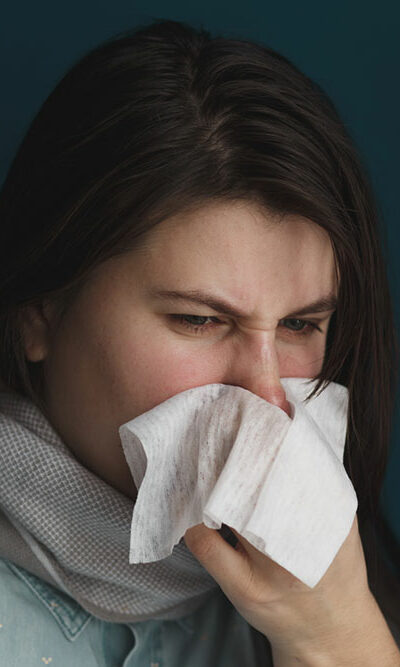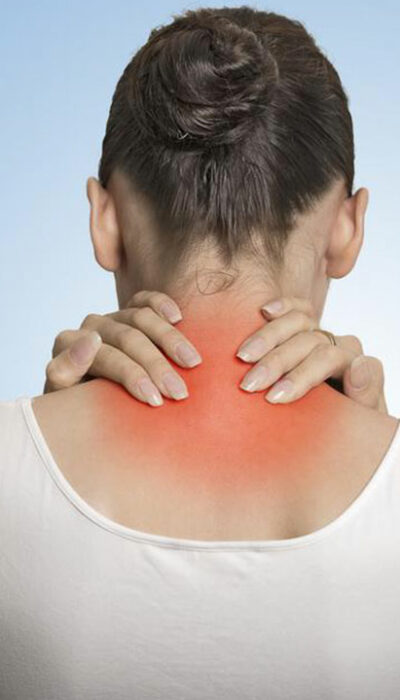
How to Treat Tinnitus – Medications and Lifestyle Changes
Tinnitus, the constant buzzing, ringing, hissing, or whistling sound that only you can hear, is a bothersome health condition to live with. Caused primarily by continuous exposure to loud noises, tinnitus may also occur owing to injuries to the head, consumption of ototoxic drugs, certain underlying health problems, and stress. Quite often, the condition leads to physical, attentional, and psychological side effects. Although no unfailing cure for tinnitus is available at present, there are a number of treatment options that effectively diminish the intensity and burden of the health condition. Here is a quick look at how to treat tinnitus using the following therapies. Addressing Underlying Health Issues As a first step to treating tinnitus, your physician will attempt to diagnose any existing, treatable health problems that might be causing the symptoms associated with the condition. Some such treatable health issues include: Removal of any obstructions in the ear canal. These include excessively accumulated earwax or any loose strand of hair that is impacting against the eardrum. Treating a vascular problem through drugs or surgery. Treating injuries to the neck and head via medications, surgery, chiropractic treatment, osteopathy, and physical therapies. These treatments help alleviate symptoms caused due to improper flow of blood or nerve and muscle damage. If tinnitus occurs owing to a dysfunctional joint in the jaw, a dentist may realign your bite or provide other suitable dental treatments to ease the symptoms. At times, ototoxic drugs may induce temporary tinnitus. In such cases, although symptoms disappear once the drugs are fully metabolized, doctors may prescribe other medications to provide interim relief. Using Medications Medications prescribed for tinnitus help decrease the severity of its symptoms. Normally, psychoactive medications are recommended as they relieve depression, stress, and anxiety related to the condition. Antidepressant drugs such as clomipramine and desipramine and anti-anxiety drugs such as alprazolam and clonazepam enable the patient to better handle its emotional impacts.










